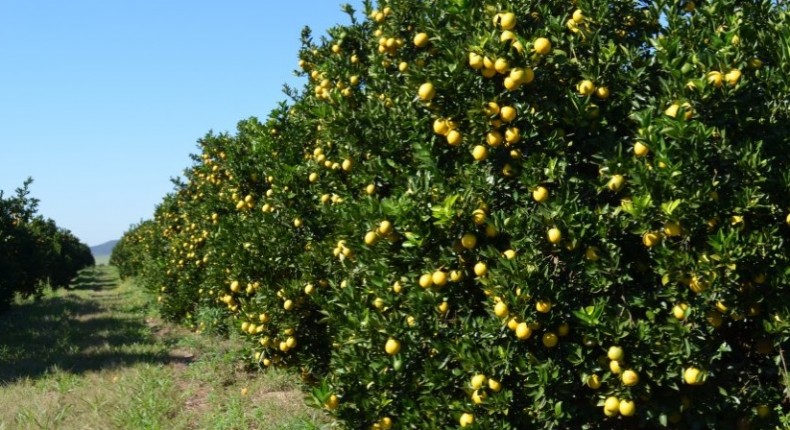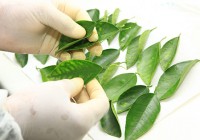26
jan

For the third year, the Brazilian Citriculture Defense Fund, Fundecitrus, a research organization funded by a partnership between Brazilian citrus growers and the citrus industry, is working on the 2017/2018 orange production forecast and updating the tree inventory of the citrus park composed of 349 towns of São Paulo and Minas Gerais, the main citrus producer region in Brazil. In addition to pointing out the size of the production, the report also has a range of information, such as total area of orange groves, their ages, varieties, among others. This information is essential for all links in the chain. With data collected in a precise and transparent way, producers have support to better analyze their activity, plan investments and evaluate the citrus production in the citrus belt of the State of São Paulo.
The new data collection period is necessary to check the expansion, renewal and retraction of the area during the year 2016. Fundecitrus agents will visit 2,625 orange fields (blocks of plants) – corresponding to 5% of the total in the citrus park – to count all the trees. The sites were determined by draw based on stratification by region, variety and age. This phase is the first step of the 2017/18 orange forecast production and it is expected to be completed in March.
Next, a stripping of 2,200 trees will be carried out, whose fruits will be separated by bloom, counted and weighted. The stripping data combined with the tree inventory make up the production numbers, which will be released on May 10th.
Fundecitrus implemented the Orange Production Forecast (PES, in Portuguese) in October 2014, in response to a demand from the citrus sector, which sought to have accurate information on the orange production and the citrus park, gathered in a transparent way, based on field measurements, counting and weighting of the fruits. The research was carried out in partnership with Markestrat, the School of Economics, Business and Accounting of the University of São Paulo, campus Ribeirão Preto and the Department of Statistics of the School of Agricultural and Veterinarian Sciences of the São Paulo State University, campus Jaboticabal.
Watch the video explaining more about the orange production forecast:
- |

